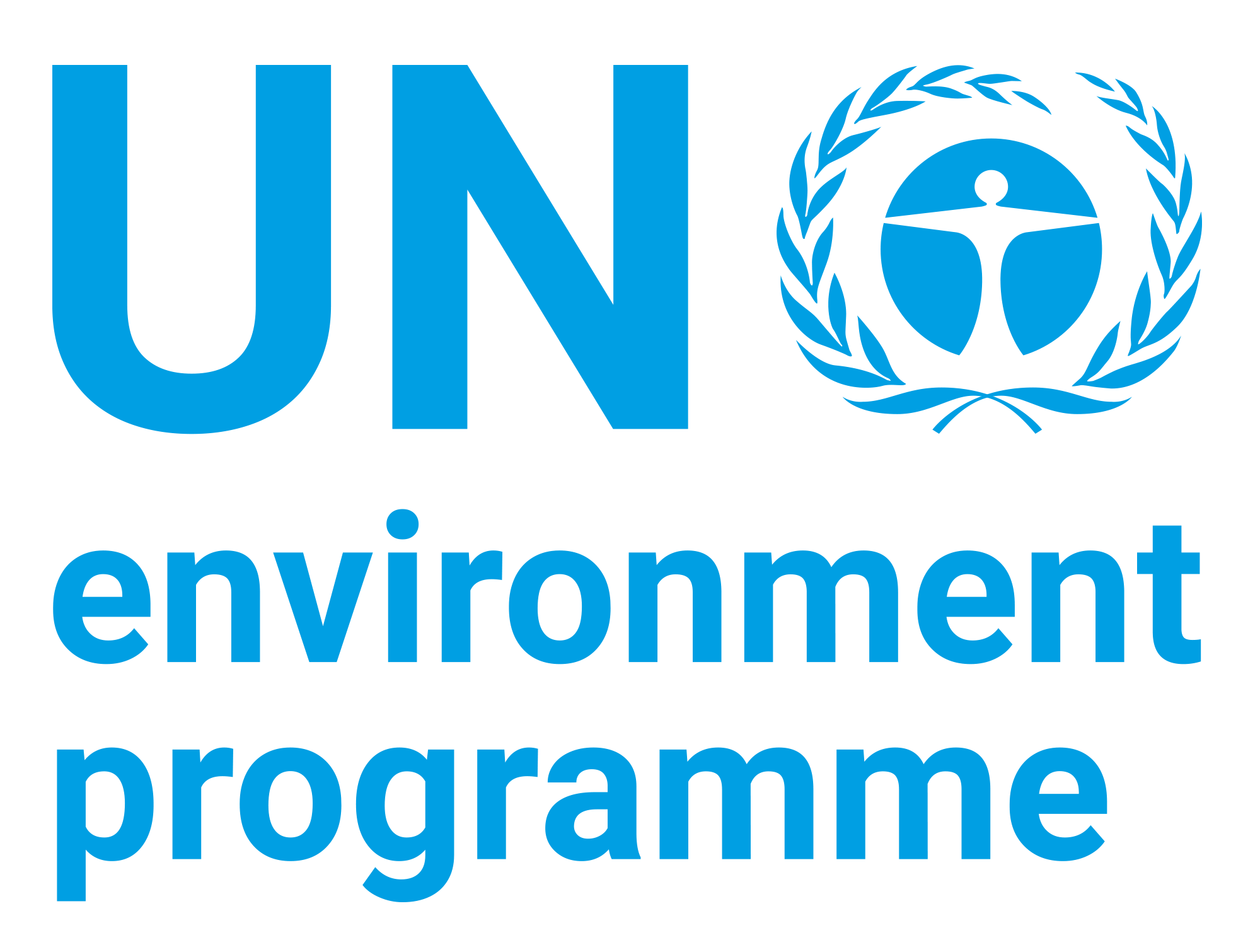| dc.contributor | Science Division | en_US |
| dc.contributor.author | United Nations Environment Programme | en_US |
| dc.contributor.other | Food and Agriculture Organization of the United Nations | en_US |
| dc.contributor.other | Mason, I. L. | en_US |
| dc.coverage.spatial | Global | en_US |
| dc.date.accessioned | 2019-07-28T13:19:40Z | |
| dc.date.available | 2019-07-28T13:19:40Z | |
| dc.date.issued | 1980 | |
| dc.identifier.isbn | 92-5-100845-0 | en_US |
| dc.identifier.uri | https://wedocs.unep.org/20.500.11822/28993 | |
| dc.description | In 1973 FAO and UNEP launched 'their joint studies on the conservation of livestock breeds with a pilot project entitled conservation of animal genetic resources". Its report (975) made a 'brief survey of livestock breeds throughout the world which were rare, endangered or vulnerable, and made a special study of rattle breeds in Europe and the Mediterranean countries. This species and this region were chosen because it is the native European and Mediterranean cattle breeds which have suffered most by crossbreeding and replacement. Indeed the report showed that only 33 out of 1: 9 native breeds in this region could be considered stable and not threatened with extinction in the long term. | en_US |
| dc.format | Text | en_US |
| dc.language | English | en_US |
| dc.rights | Public | en_US |
| dc.subject | sheep | en_US |
| dc.subject | animal genetics | en_US |
| dc.subject | tropical area | en_US |
| dc.subject | livestock | en_US |
| dc.subject | resource conservation | en_US |
| dc.subject | genetic resource | en_US |
| dc.title | Conservation of Animal Genetic Resources : Prolific Tropical Sheep | en_US |
| wd.identifier.sdg | SDG 3 - Good Health and Well-being | en_US |
| wd.identifier.sdg | SDG 9 - Industry, Innovation and Infrastructure | en_US |



